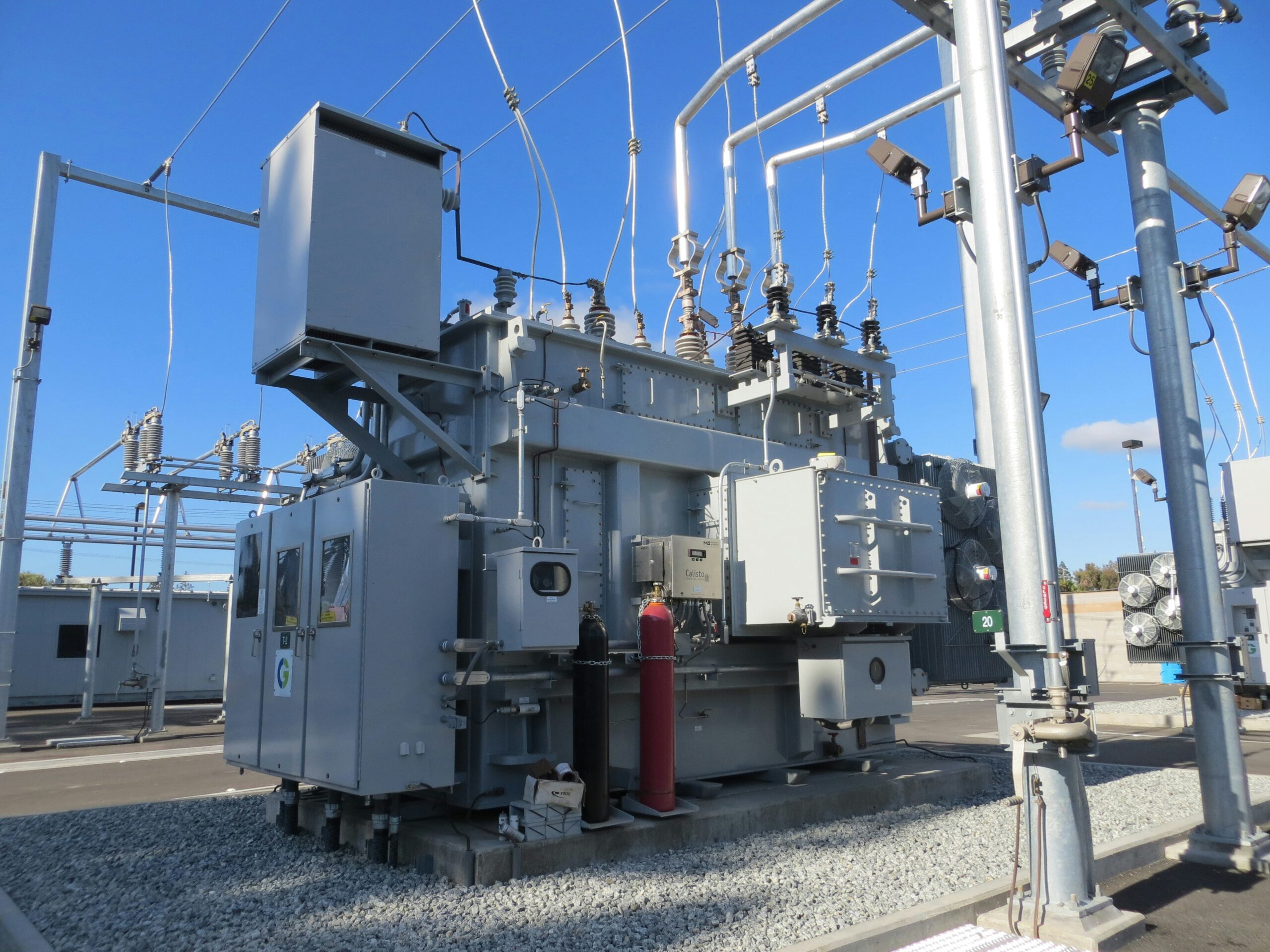The Role of High-Voltage Power Transformers in Modern Energy Systems
High-voltage power transformers are foundational to the global power infrastructure, enabling the efficient transmission and distribution of electricity across vast distances. They ensure that energy generated from power plants reaches homes, businesses, and industries reliably and safely.
Table of Contents
What Are High-Voltage Power Transformers?
A high-voltage power transformer is a specialized electrical device designed to modify voltage levels between circuits using electromagnetic induction. By either stepping up voltage for long-distance transmission or stepping down voltage for local distribution, these transformers minimize energy loss and enhance system efficiency.
Core Components of High-Voltage Transformers
- Magnetic Core: Constructed from laminated silicon steel, the core conducts magnetic flux and reduces energy losses caused by eddy currents.
- Primary and Secondary Windings: These copper or aluminum coils facilitate the transfer of electrical energy through induction between different voltage levels.
- Insulation Systems: Advanced insulation materials protect the transformer from high-voltage stress and prevent electrical faults.
- Cooling Mechanisms: Transformers rely on oil or air cooling systems to dissipate the heat generated during operation, preserving their efficiency and lifespan.
- Tap Changer: This device allows voltage adjustments to maintain consistent output levels despite changing load demands.
Applications of High-Voltage Transformers
- Power Transmission Networks: Step-up transformers increase voltage levels for efficient long-distance energy transport.
- Industrial Complexes: Heavy industries depend on step-down transformers for safe and reliable energy distribution.
- Renewable Energy Integration: High-voltage transformers connect wind farms and solar power plants to the main grid, supporting sustainable energy growth.
Advantages of High-Voltage Power Transformers
- Energy Efficiency: By increasing voltage and reducing current, transformers minimize transmission losses.
- Grid Stability: They regulate voltage levels, preventing power disruptions and improving overall grid reliability.
- Adaptability: Transformers can be customized for various capacities, meeting evolving energy demands.
Innovations in Transformer Technology
Advancements in transformer technology aim to improve performance and environmental sustainability. Notable innovations include smart transformers with IoT integration, eco-friendly insulating fluids, and advanced cooling systems for enhanced safety and efficiency.
Conclusion
High-voltage power transformers are vital to the smooth operation of modern energy systems. Their ability to efficiently transmit and distribute electricity makes them indispensable in meeting global energy needs. As the energy sector evolves, so will transformer technology, driving a more sustainable and resilient future.


